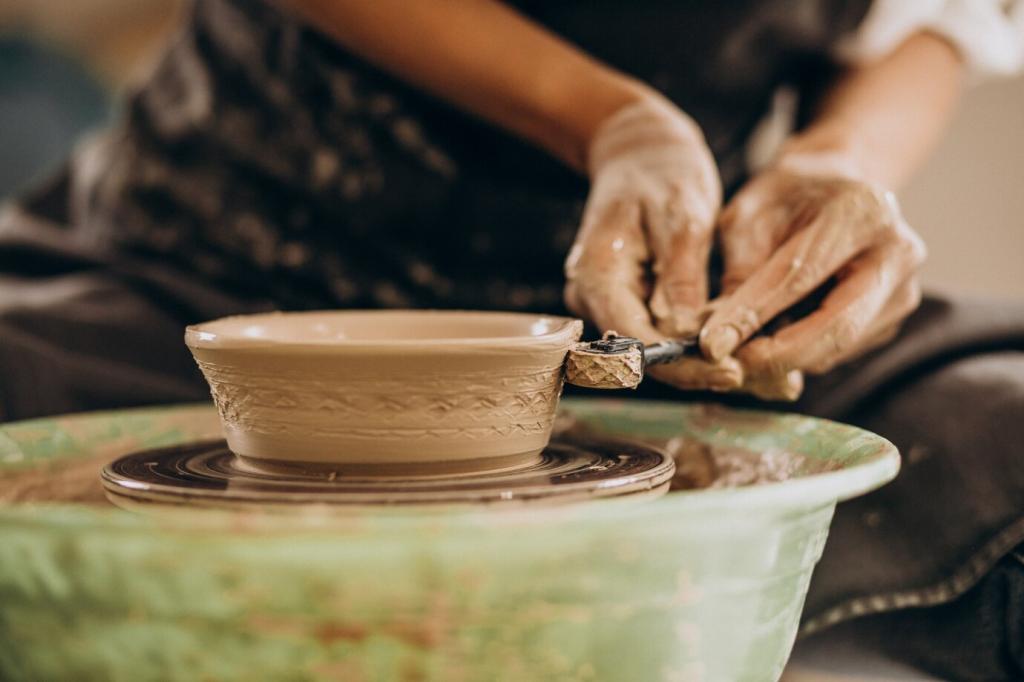The Art and Science of Craft Beer Brewing
Theme selected: The Art and Science of Craft Beer Brewing. Welcome to a friendly, flavor-filled dive into technique, creativity, and community. Join us, share your brew day wins and lessons, and subscribe for weekly mash notes and fresh ideas.


Malt: Flavor, Body, and Fermentable Sugars
From pale two-row to chocolate malt, grain selection decides color, mouthfeel, and fermentability. A single handful of crystal malt can deepen caramel notes, while a well-managed mash at 152°F balances fermentable sugars with satisfying body.

Water Chemistry Demystified
Calcium, sulfate, and chloride alter mash performance and flavor perception. Adjusting the sulfate-to-chloride ratio shapes bitterness versus fullness, guiding an IPA toward crisp snap or a porter toward rounded, chocolaty depth. Start with a lab report and simple salt additions.
Mashing Temperatures and Enzyme Rests
Beta-amylase thrives cooler, alpha-amylase warmer. Holding 148–150°F yields drier, crisper beer; 154–156°F leans fuller and sweeter. Stir gently, check pH near 5.2–5.6, and note conversion with iodine tests for consistent, predictable wort.
Boil Management and Hop Scheduling
A vigorous 60-minute boil drives off DMS, concentrates wort, and sterilizes. Stagger hop additions—early for bitterness, late for flavor, whirlpool for aroma. Control evaporation rate, skim foam early, and breathe in those evolving hop oils.
Pitching Rates and Fermentation Control
Healthy yeast, oxygenated wort, and steady temperature are nonnegotiable. Use a starter for lagers, aerate well, and hold fermentation within the strain’s sweet spot. Add a diacetyl rest when needed, then cold crash for bright polish.
Flavor Architecture: Balancing Bitterness, Sweetness, and Aroma
IBUs Versus Perceived Bitterness
Measured bitterness does not tell the full story. Residual sweetness, chloride levels, and hop variety all moderate perception. A 60 IBU IPA can drink softer than a 45 IBU pale ale if finishing gravity and chloride tilt toward plushness.
Dry Hopping and Biotransformation
Adding hops during active fermentation invites yeast to reshape terpenes, expanding juicy, tropical profiles. Keep oxygen out, dose in measured stages, and limit contact time to dodge grassy notes while coaxing saturated aroma from fragile hop compounds.
Specialty Grains and Adjuncts with Intent
Roasted barley, oats, rye, honey, or fruit can elevate body and flavor—when used with restraint. Pilot small batches, document rates, and chase balance so supporting players enrich rather than crowd the core malt-hop framework.
Sanitation, Safety, and Consistency
Rinse away soils, circulate alkaline cleaner, then acid rinse for mineral film. Sanitize just before use, keeping surfaces wet for contact time. Replace scratched plastic, and retire tired tubing that harbors invisible troublemakers.
Sanitation, Safety, and Consistency
Control oxygen after fermentation to prevent papery staling. Ferment cool enough to dodge fusels, warm enough to finish cleanly. If sulfur or diacetyl appears, extend conditioning, swirl gently, and let healthy yeast polish your beer’s edges.


Taste Like a Brewer: Sensory Skills

Practice with calibrated descriptors—grapefruit pith, fresh pine, toasted biscuit, cocoa, clove, or black pepper. Identify off-flavors like acetaldehyde, phenolic plastic, or lightstruck skunk to diagnose process issues and refine future brew days.
Stories from the Kettle: Lessons and Little Triumphs
A rye-heavy grain bill seized the lauter. We slowed the runoff, stirred gently, and raised temperature two degrees. The beer finished silky, and our notes now flag rye percentages with big, friendly caution marks.

Bitterness slices through rich sauces while bright hops echo lime, cilantro, and chili. Try IPA with fish tacos or spicy curry, and note how carbonation scrubs the palate clean between joyful bites.

Coffee and cocoa tones complement grilled mushrooms, braised short ribs, or dark chocolate desserts. A dry stout’s crisp finish keeps meals lively, proving robust beers can be elegant dance partners at dinner.

Brew a peppery saison for spring vegetables, a hefeweizen for summer salads, and a spiced porter for autumn pies. Share your favorite pairings and subscribe for our seasonal brew-and-chew recipe newsletter.
